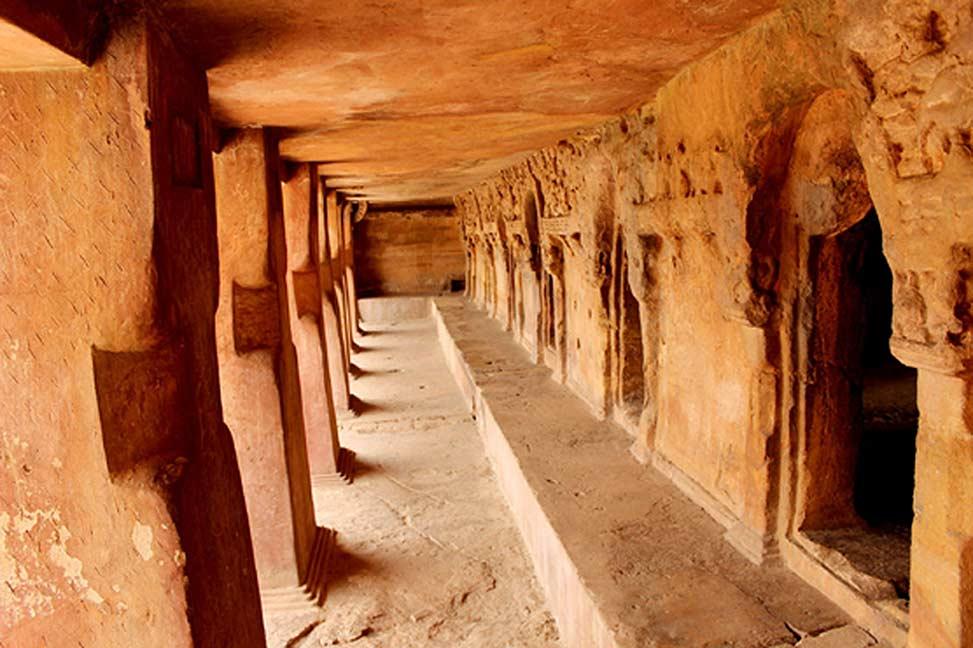
Just 7km from the city of Bhubaneshwar, this historical place shows the earliest exploits of rock-cut architecture in eastern India by the Jain rulers.
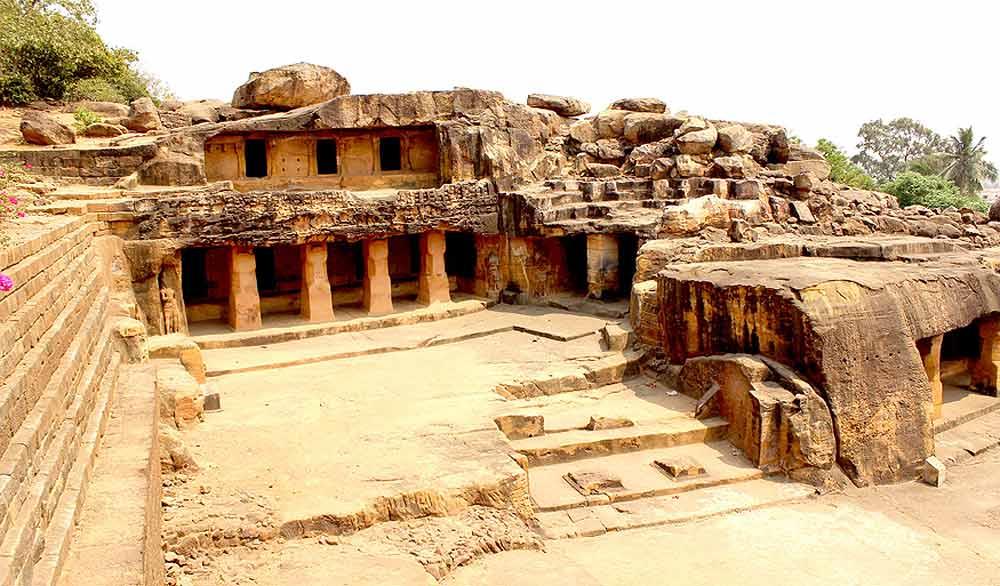
Standing face to face atop the Kumar and Kumari parvats, the 1st century Udayagiri-Khandagiri caves were first revealed to the world by a young British officer named Andrew Stirling in the early 19th century. He came upon these caves while on official duty.
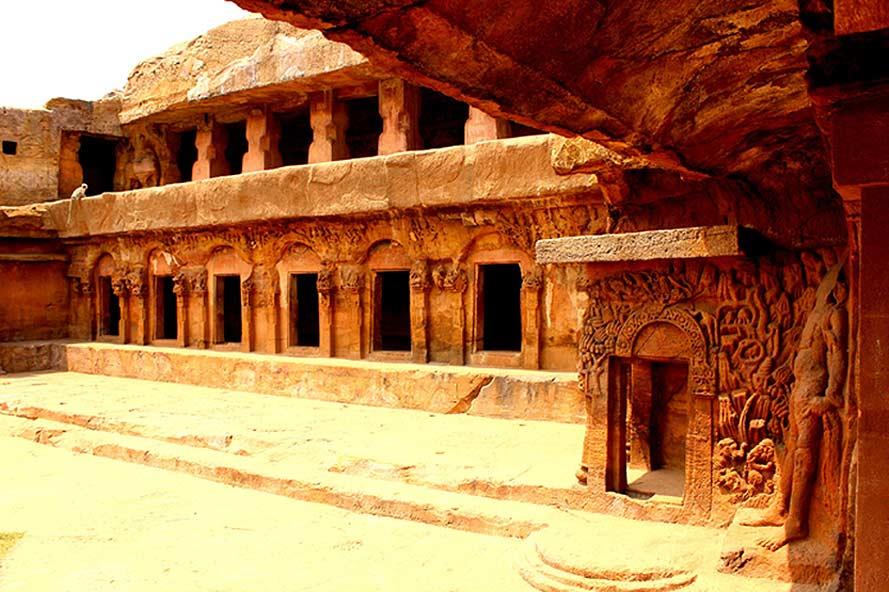
Rock-cut caves are usually single-level architecture. But there are quite a few examples of two-storeyed structures at Udayagiri. The Rani Gumpha, or Queen's Cave, is the most famous one with a stretched verandah overlooking the courtyard.
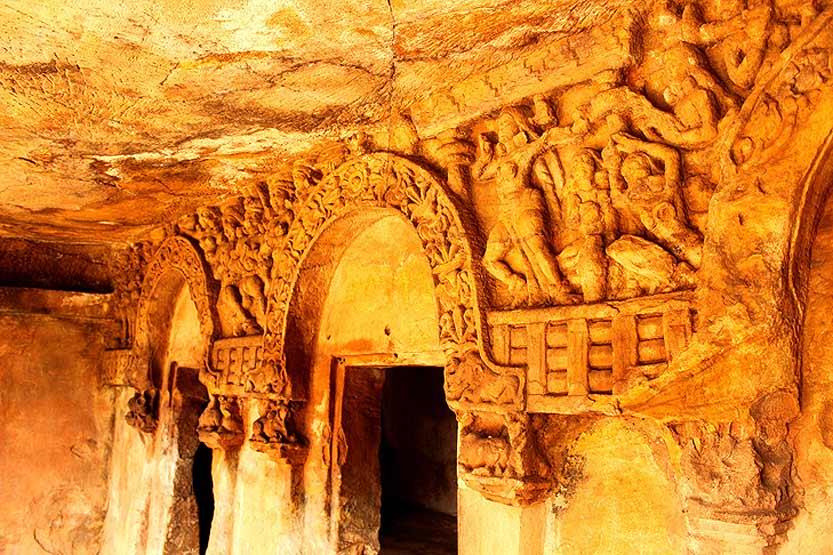
The walls of the caves are adorned with exquisite carvings depicting battles, teachings and performing arts.
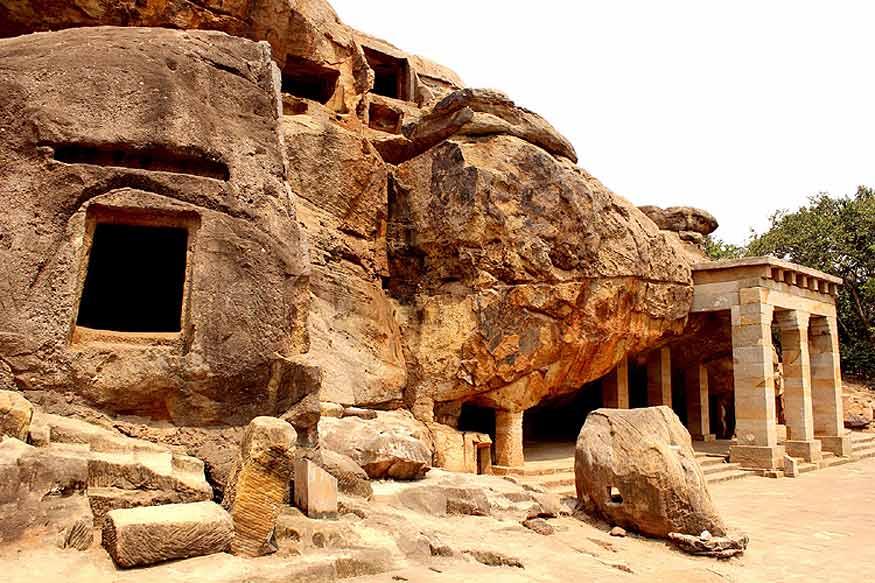
Originally meant for Jain recluses to rest, meditate and preach while travelling the region, the caves were developed by the Chedi dynasty as a hub for religious teachings, art and cultural practices.
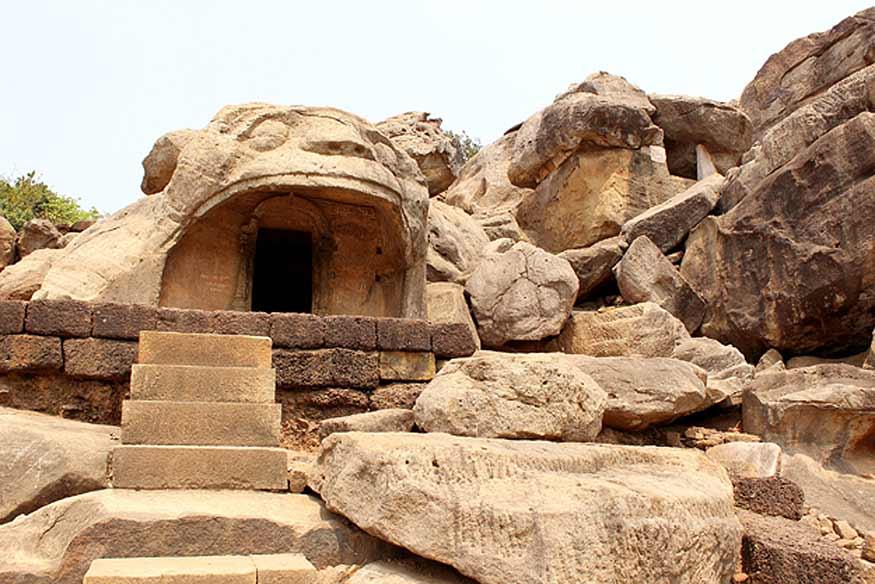
The seven famous caves, meant for seven eminent Jain sadhus, were each in the form of an animal's face. The famous Magar (crocodile) and Haati gumpha - the latter has the historical 17-line inscription recording king Kharavela's victory of Magadha engraved on it - have fallen, while the Baagh (tiger) gumpha is still winning the battle against time.
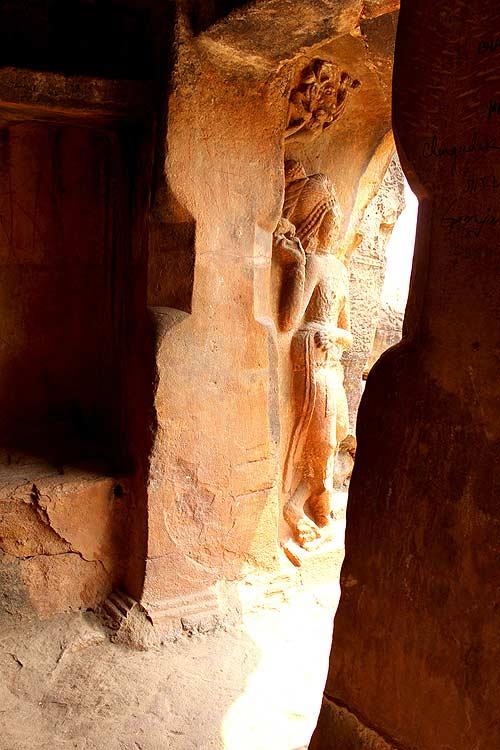
The sculptures of the two ladies are one of the first things that grab your attention as you enter the centuries-old complex.
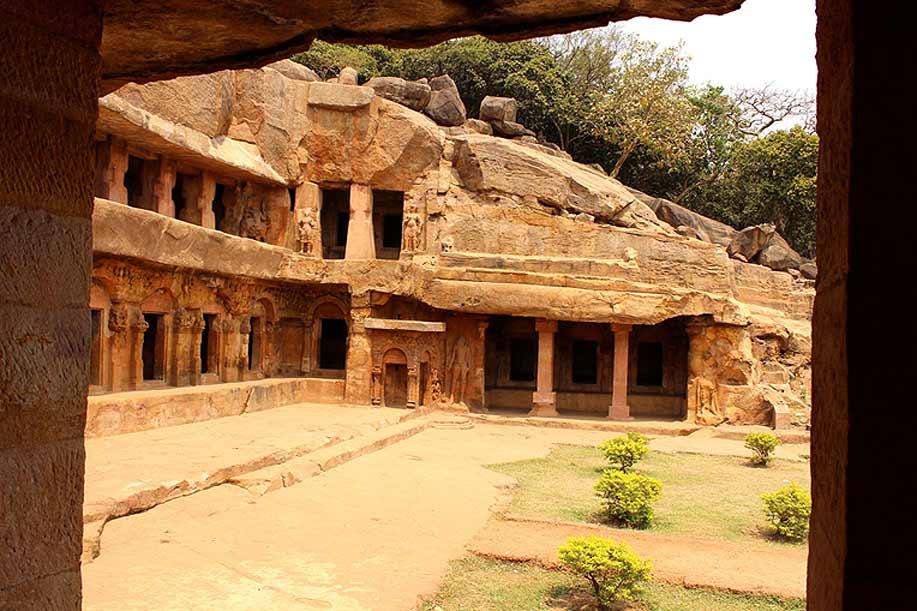
Dance recitals formed a major part of the place's cultural activities in the open-air courtyard. The royal family used to witness them from their balcony seat on the second level.
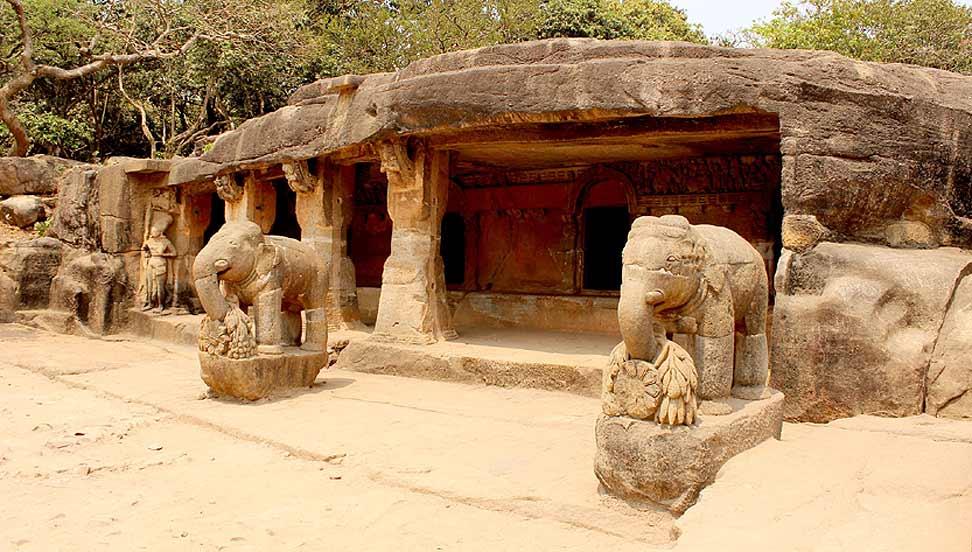
The interiors of these caves showcase how detailed the architectural plans were. The sleeping areas are flat and sloped, with a natural curve at the top serving as pillows. Some cabins even have hidden stone-carved attics for emergencies.
Odisha
Orissa
Udayagiri

